A small boy of eight or nine peers through a square windowless opening in a drab gray cinderblock home at the construction workers across the street. Squinting from the sun, his deep brown eyes are barely high enough to peek over the ledge at the men hammering, shoveling, and painting away in the dry afternoon heat.
The site - a new, nondescript one-story building - sits alone in the middle of a fetid, neglected, and cheaply constructed refugee community near Baku, the capital of Azerbaijan. To Westerners, the edifice may not seem like much. But to the boy next door and the neighborhood children like him, it signifies the future. And the help of Uncle Sam.
The project, managed by the U.S. Army Corps of Engineers, is a $445,000 school for children up to 16 years old. When complete this fall, this 12,000-square-foot school Aca,!" with 11 classrooms, administration offices, male and female bathrooms, and boiler and electrical rooms Aca,!" will offer the children of families displaced by fighting in the Nagorno-Karabakh region in the 1990s a warm, dry, and safe location to learn. Something theyAca,!a,,cve never had.
Currently, the children go to school in a small, unheated, dirt-floor building with missing windows replaced by wood and missing bricks replaced by trash bags.
"This community is very poor - probably one of the poorest in the country," said Charles Samuel, chief of the U.S. Army Corps of Engineers, Europe District, Georgia project office. "If there's anyone who needs our help, it's these people."
The school is financed by the U.S. European Command's (EUCOM's) Humanitarian Assistance (HA) program. It is an unusual use of U.S. military funds, as there are no military units nearby.
Yet it is one of several HA projects spread throughout the former Soviet states of the Caucasus deemed valuable enough to get the attention of the Stuttgart-based combatant command.
"They're addressing things that could be at the heart of instability," said Charles Brady, EUCOM's HA program manager, referring to projects like the school near Baku. "It's in despair that you'll see crime, lawlessness, or see children not going to school."
According to the U.S. government's HA program policy document, while "indirect" benefits such as improving a nation's capacity to provide essential services to its populace are important because they discourage susceptibility to terrorist or insurgent influences, the foremost benefit is to achieve U.S. security objectives by promoting DoD goodwill and interoperability with foreign counterparts.
"It's a DoD program," Brady said. "So the projects have to be in concert with the U.S. strategic goals of reinforcing stability and support operations."
As such, Brady said, countries in the Caucasus are more appropriate for HA than well-developed countries because they still benefit greatly from the transference of knowledge and skills and not simply donated supplies.
Samuel agreed, adding that HA projects like the one near Baku are "the most important we're doing in the District. They really mean something."
In Baku, the U.S. Embassy personnel in the DoD's Office of Defense Cooperation (ODC) act as EUCOM's eyes on the ground for humanitarian assistance funds, said Dora Avshalumova, a foreign service national and a local Azeri who works at the ODC.
The ODC seeks out the most vulnerable communities of society where U.S. support and dollars would provide the most stability, security, and friendship, Avshalumova said. And then they see what project would benefit them most appropriately.
"This project was not chosen at random," Avshalumova said. "There are many people in our country that need this humanitarian assistance to help them with a better life. And that is why we do it. ... We have been [doing] this for several years and, even though each project is different, the end result is always to make lives better. That is why we're here."
About $3 million in EUCOM's HA funds have gone toward much-needed projects in Azerbaijan, including new construction projects like schools and water projects as well as toward equipment like furniture, vehicles, and school supplies, Avshalumova said.
This school project, however, is the first in Azerbaijan that the Corps of Engineers has been involved in, said Samuel.
The able alliance that has formed between EUCOM, the Corps, and the representatives in the country have proved successful so far, he added. And he said he knows this project won't be the last.
"We work with the ODC embassy very closely," said Samuel, the Tbilisi, Georgia-based project engineer in charge of managing the HA sites. "And we've already picked up a few more projects throughout the country that we're excited about."
Current plans call for Samuel's team to manage the construction of a new school in the town of Agjabedi and to investigate the likelihood of starting a few other projects in rural communities of the country's mountainous interior.
The ease of calling on the Corps to facilitate new projects like these, Brady said, is part of the reason why the program is so successful.
"There's no HA program without the Corps of Engineers," said Brady. "We would have some other form, with a lesser amount of creativity and functionality."
Around the neighborhood
Smashed between Iran and Russia, the countries in the Caucasus mountains - Azerbaijan, Armenia, and Georgia - are full of porous pathways that have been used for centuries to traffic goods.
Since the breakup of the Soviet Union - of which all these countries were members - the area has received special attention by the U.S. government to ensure the region begins to build and care for its infrastructure, stays stable, and understands that the United States is their friend.
In Armenia, for instance, Samuel's Corps of Engineers staff has been working with the U.S. Embassy in Yerevan on a $300,000 HA project to help several small communities in the center of the country - Sevkar, Vaghashen, and Ttudjur - gain access to potable water.
And in Georgia, thanks to the strong partnership between Samuel's Corps of Engineers staff, the U.S. Embassy in Tbilisi, and the ODC, over $1.5 million has been earmarked for ongoing and upcoming HA projects varying from installing a small heating system at an orphanage to designing and constructing a half-million dollar special-needs youth camp.
"Instead of a microscopic view, we try to do a macroscopic view and identify the areas that will benefit the most from the assistance that we give them," said Lt. Col. Matt Shannon, the bilateral affairs officer with the U.S. Embassy in Tbilisi's ODC. "At all these locations, our intent is to give these people a better opportunity."
His HA commission, said Shannon, EUCOM's humanitarian lead in country, is to coordinate the funding that comes from EUCOM and assist the ambassador and his staff in setting up projects and coordinating with NGOs. "Working on these projects gives me a great sense of pride."
The smallest project, at $58,000, is a heating system for an orphanage in Kodjori, located about 30 minutes from Tbilisi.
At the rural hamlet of Gremi - about two hours from Tbilisi by car - an entire child-care center for orphaned, disadvantaged, and handicapped children is being constructed because the currently-used facility is too small and rundown to guarantee the safety of its current residents.
At $137,000, the Gremi project, scheduled to be complete by November, is one of the smaller ones Samuel and his team are executing. But he said it's no less significant.
"For me, personally, these projects really do a lot more for me," said Samuel. "I really feel good about these projects because you can see not only the end products, but the appreciation on the faces of the people who actually benefit from this."
The largest project in Georgia is a $500,000 special-needs youth camp in Manglisi, located near Kodjori, that will assist children with diabetes and asthma - controllable diseases in the States, said Shannon, but almost completely disabling diseases in Georgia.
"The humanitarian assistance we do for children is phenomenal," Shannon said. "At all these locations, our intent is to give these people a better opportunity. It's obviously one of the most rewarding things we can do while we're here."
Brady said he's proud to have such a "well-trained" and intelligent team come together to address basic humanitarian needs and make these projects happen.
"This is truly is a team effort," Brady said. "Our [combatant commanders] study the history, politics, and the transitional nature of their countries and think about the steps that we can help them take. ... And the Corps of Engineers I like working with because they understand what this is about. They don't just say 'length, width, height.' They understand the purpose of it."
Brady said he would gladly "put in a plug" for several Corps personnel involved in the program, citing that their assistance allows the program to function more like an efficient assembly line.
"[The Corps is] pretty much a one-stop-shop," Brady said. "Once we get approval and get the funding in place, we want to be able to turn it over to the assembly line - to the guys who can go out and make sure that from inception through acceptance a high-quality project is turned over."
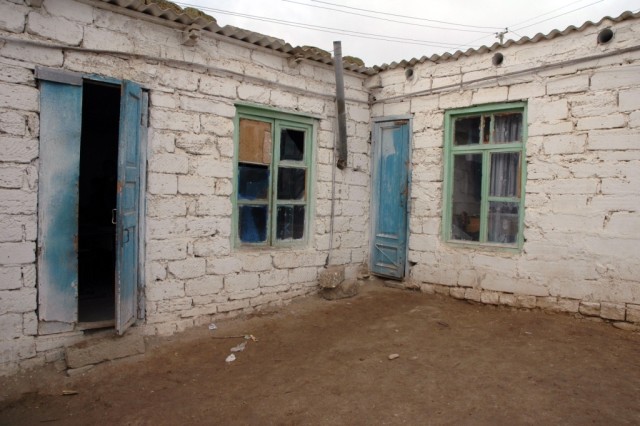
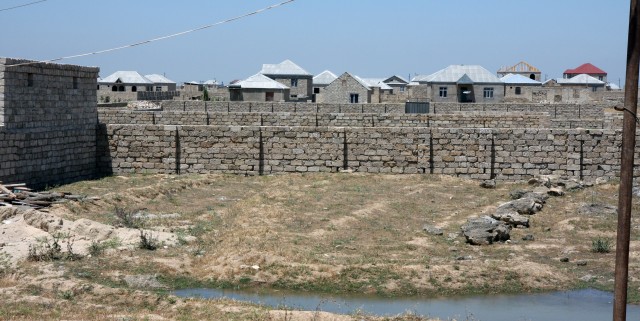
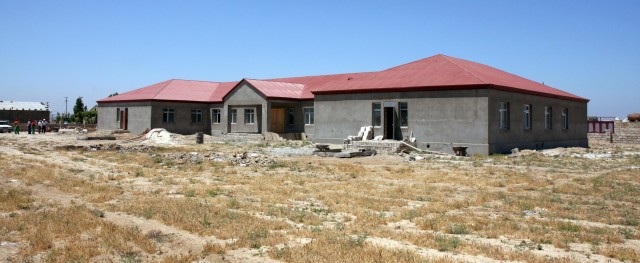
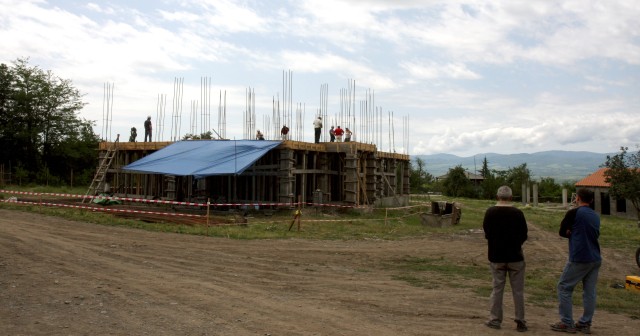
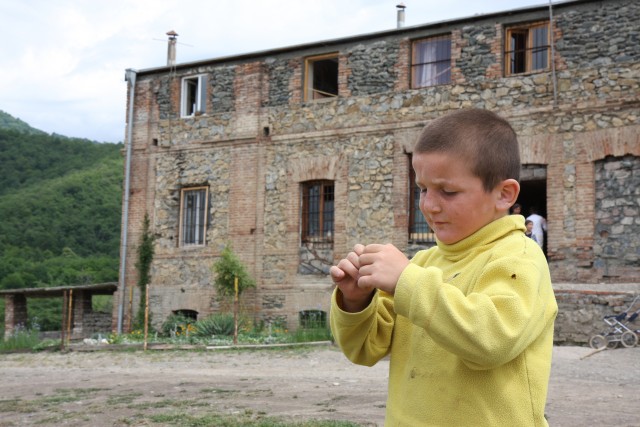
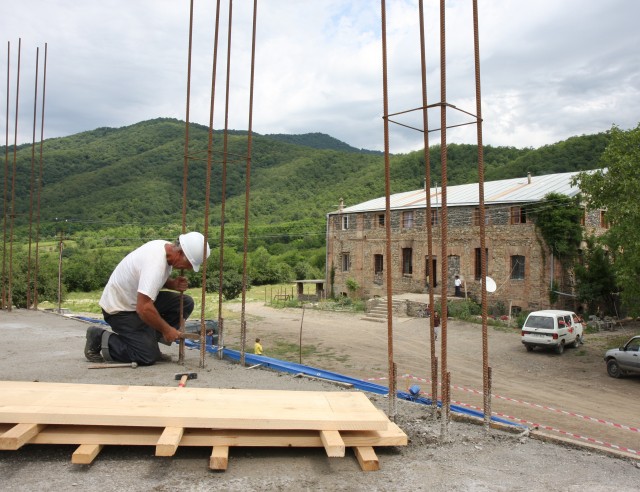
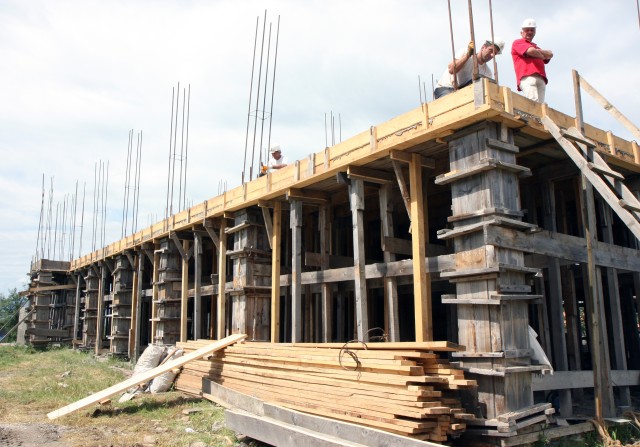
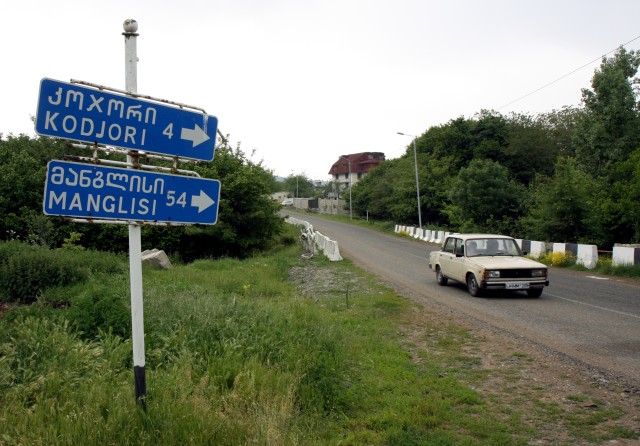
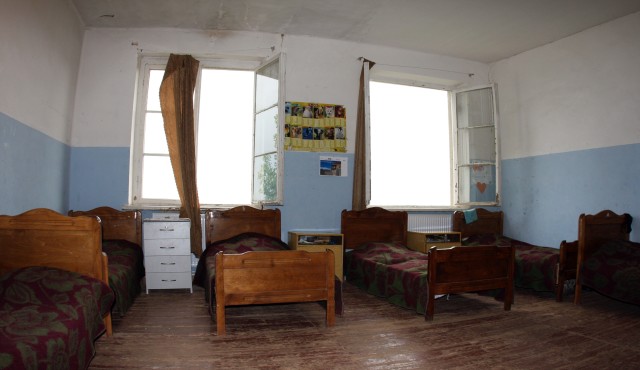
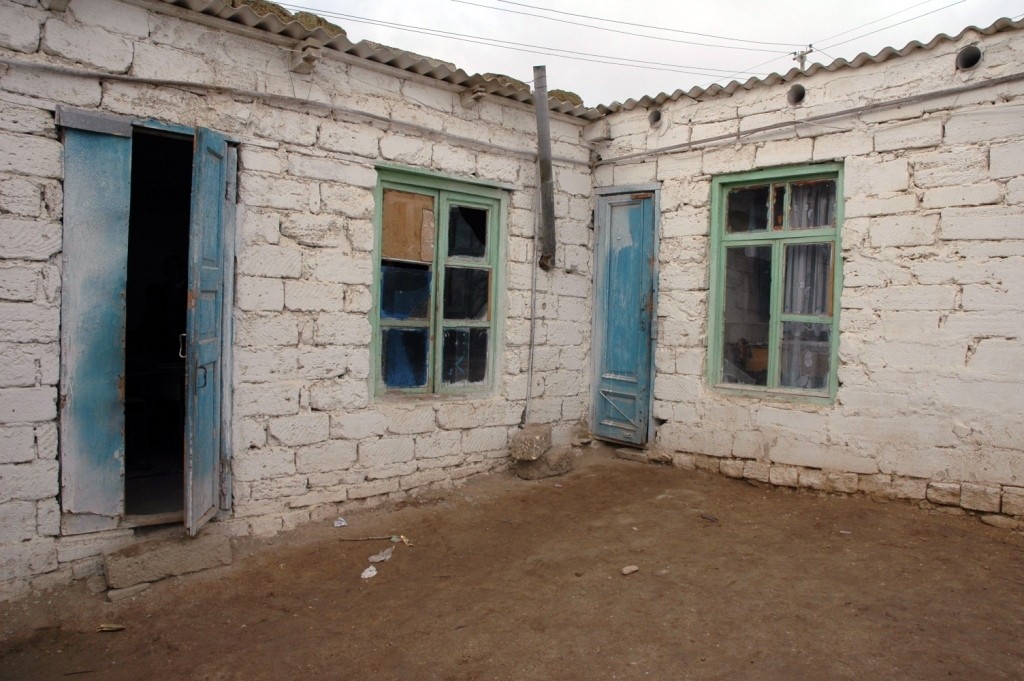
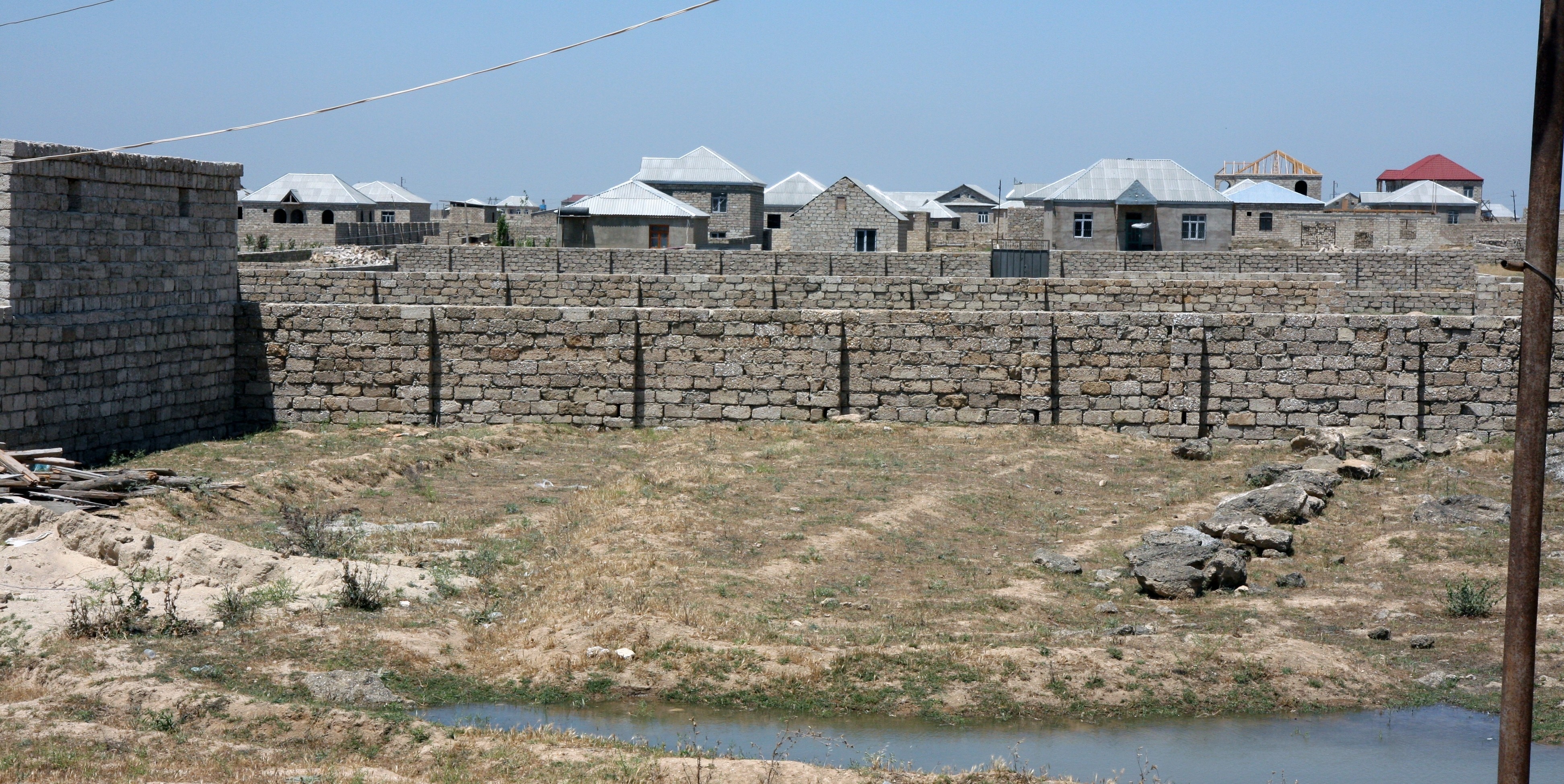
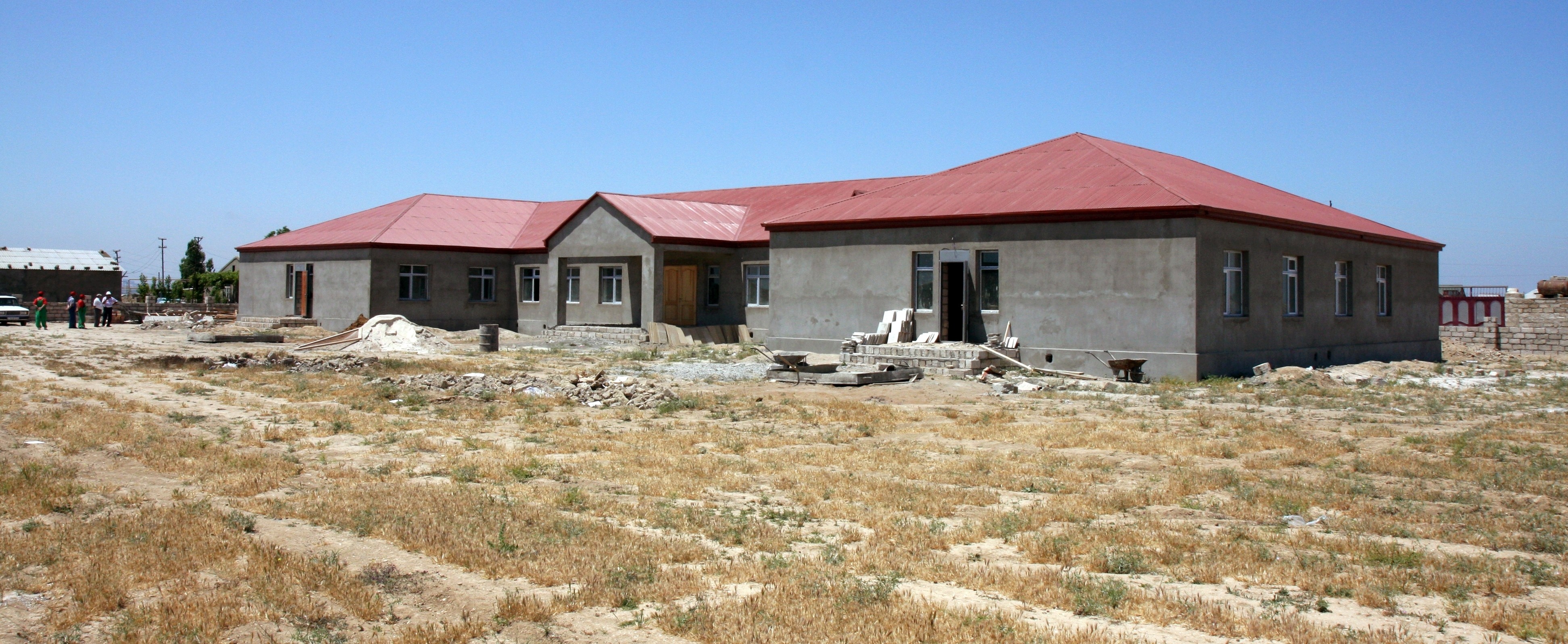
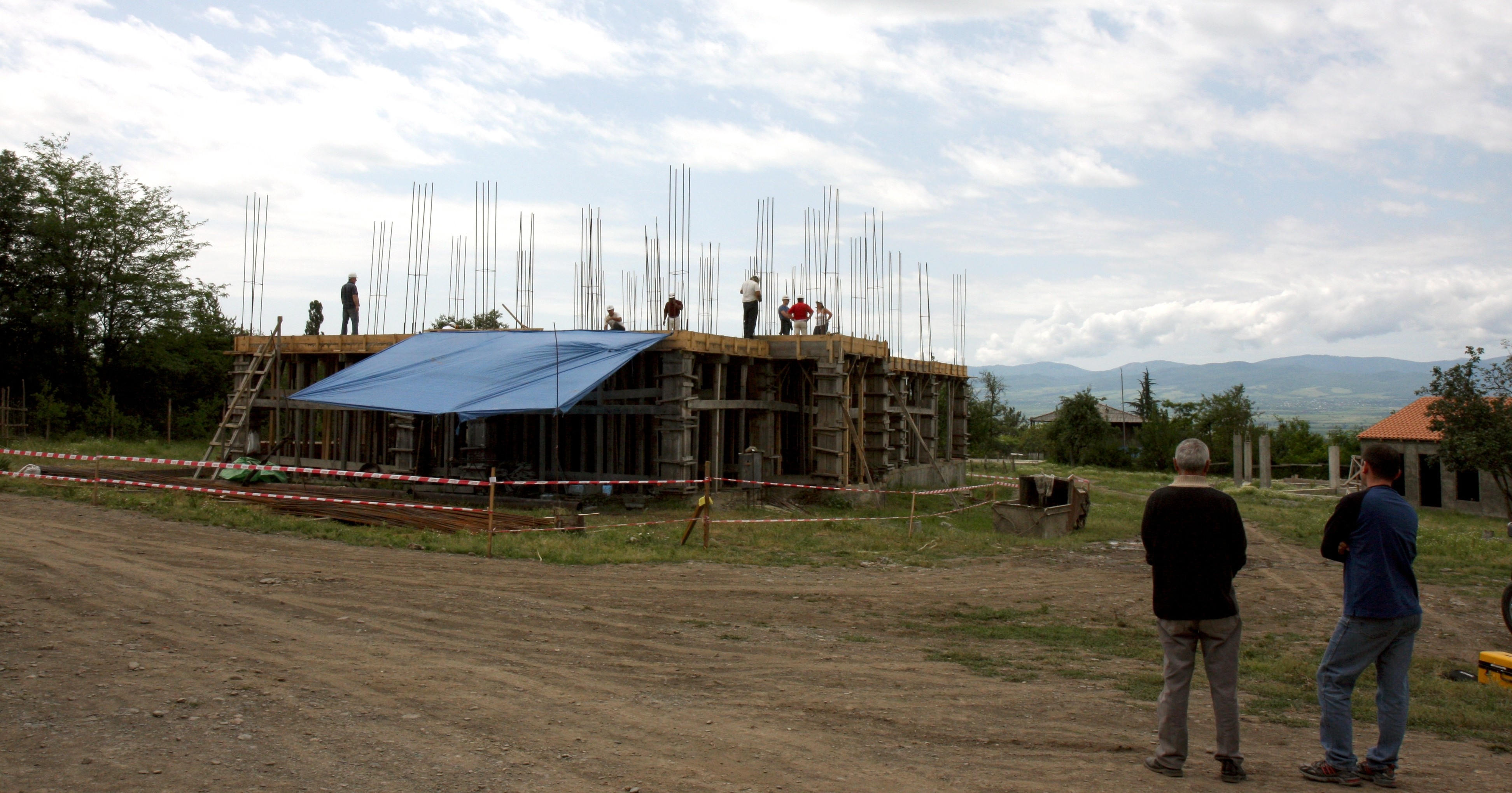
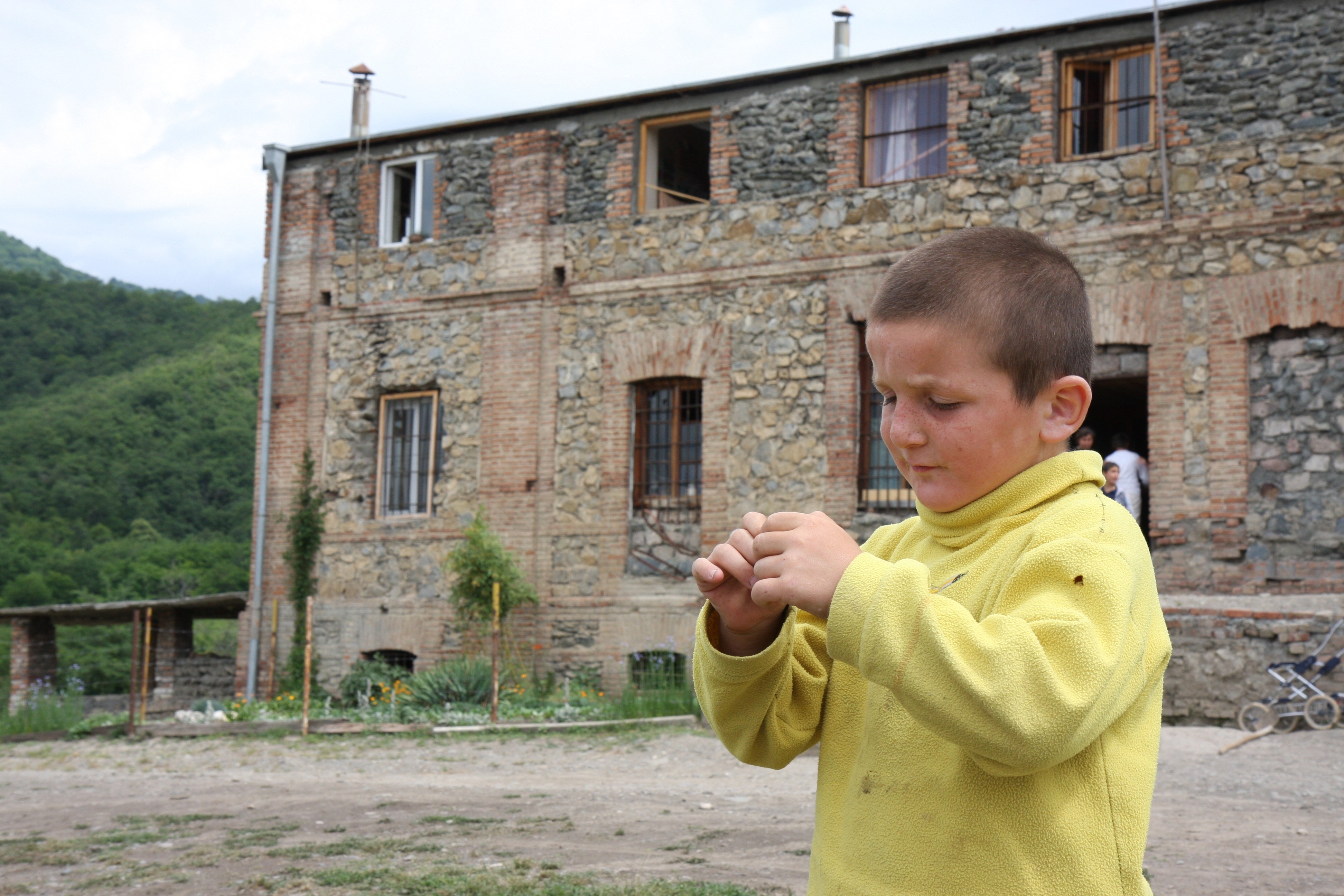
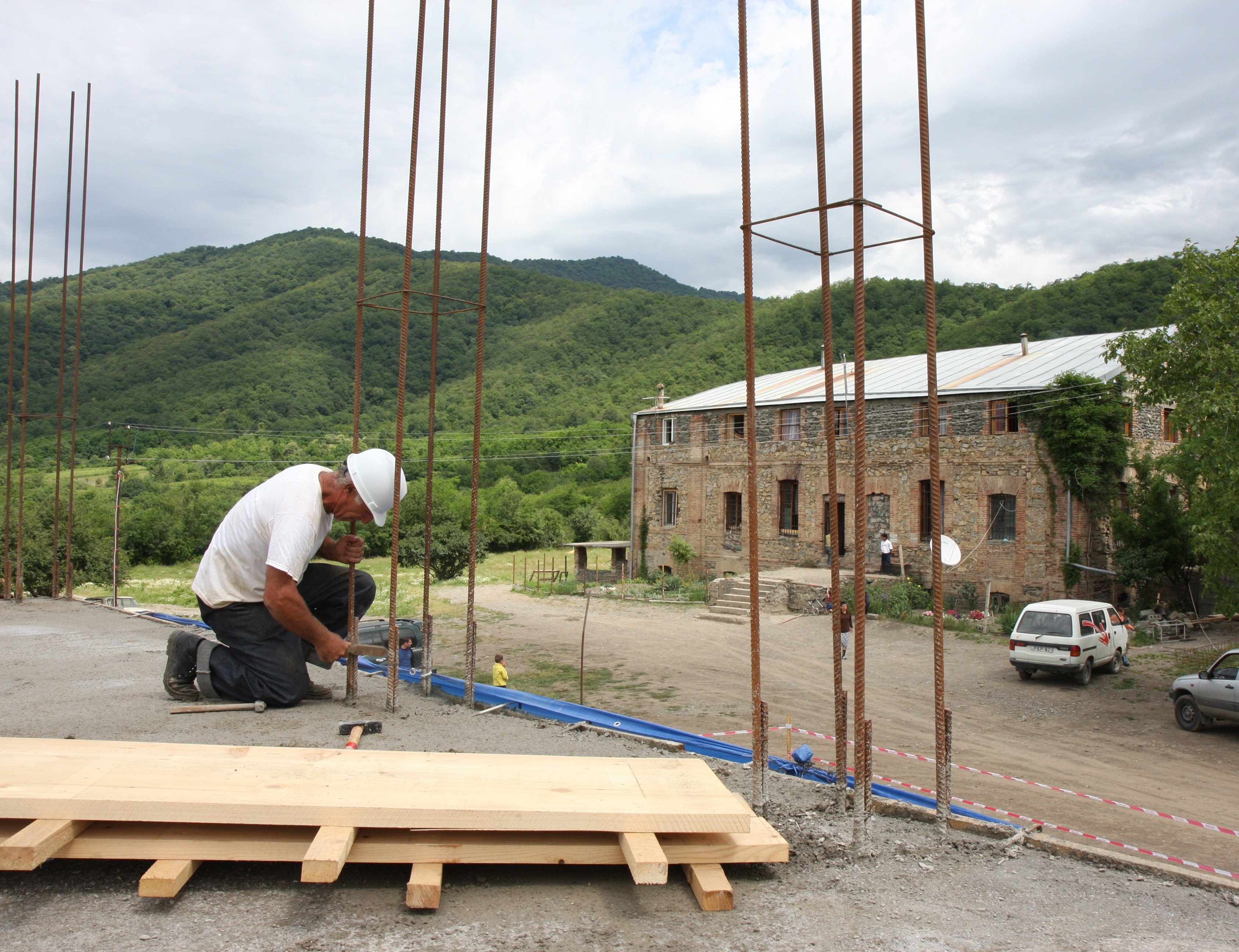
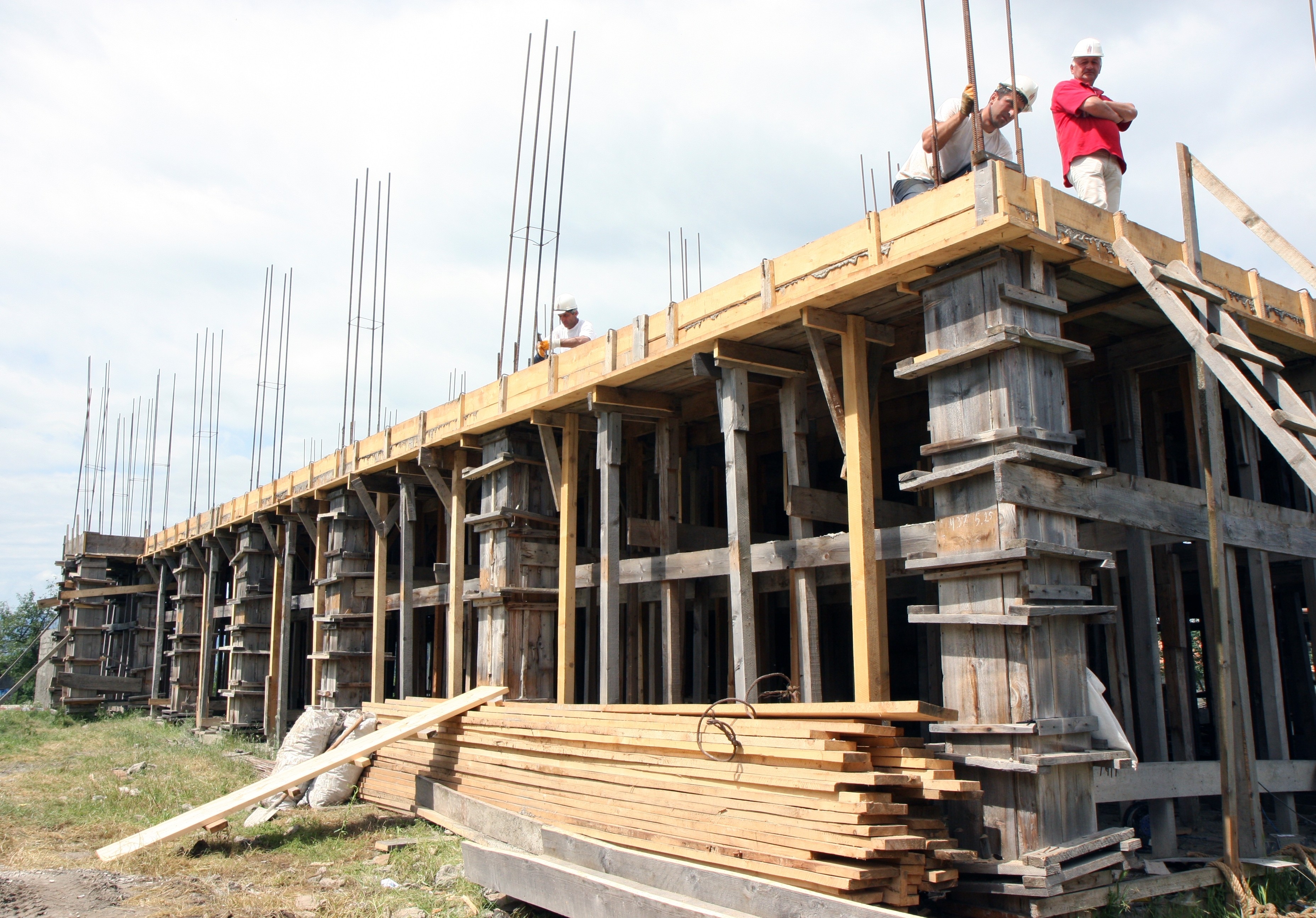
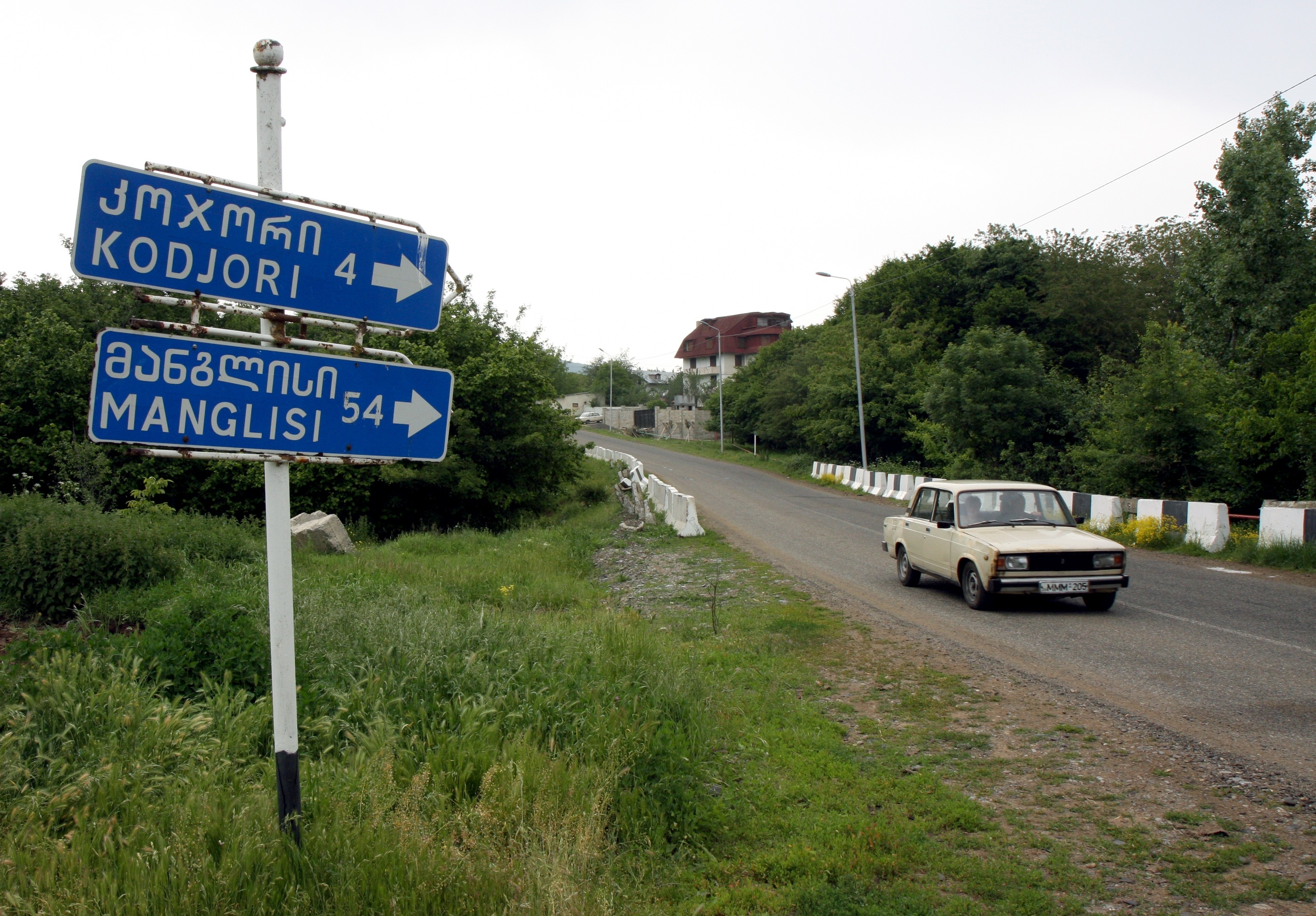
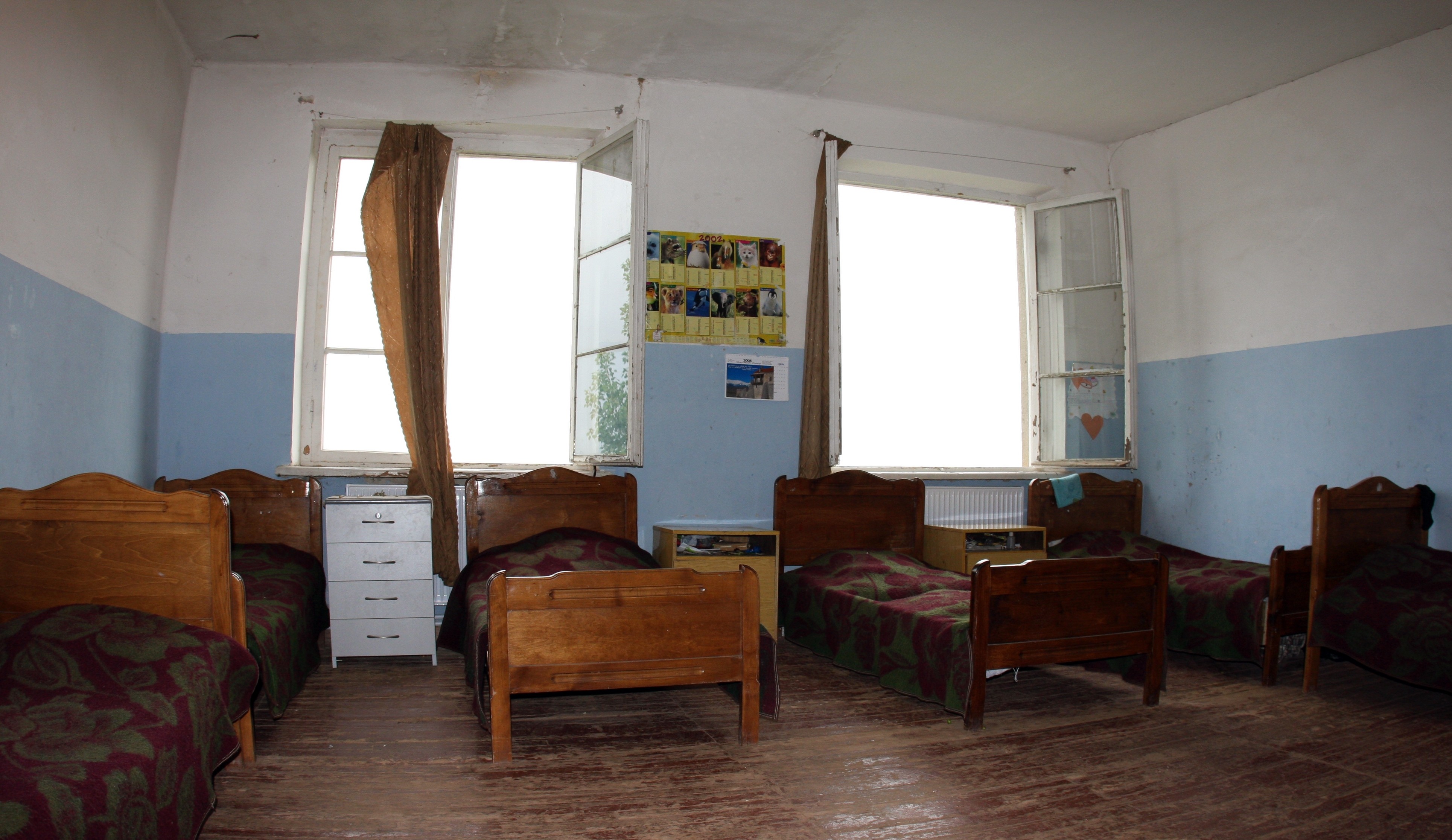
Social Sharing